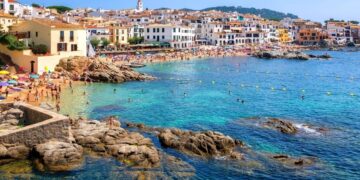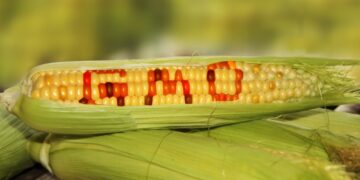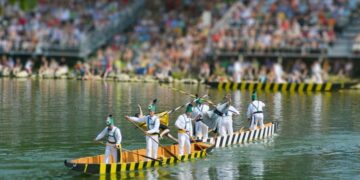Ramadan is the ninth month of the Islamic calendar and occurs when Muslims fast from sunrise to sunset. This holy month is a time for introspection and spiritual reflection, as well as giving thanks for God’s blessings. Eid al-Fitr marks the end of Ramadan and is a time of joy and celebration. Here in America, we observe both Ramadan and Eid al-Fitr with varying degrees of observance depending on our cultural background and personal beliefs. However, no matter what our personal practices may be, there is one thing that all Americans can agree on – we’re proud to celebrate these holidays!
Ramadan in America
Ramadan is the ninth month in the Islamic calendar and occurs during the summertime. Muslims around the world observe Ramadan by fasting from sunrise to sunset. In America, there are many ways to celebrate Ramadan, including fasting from food and drink, attending religious services, and spending time with loved ones. Eid al-Fitr marks the end of Ramadan and is celebrated with a joyous feast with family and friends.
A brief history of Ramadan in the U.S.
Ramadan observance and celebration in the United States dates back to the early 1900s when Muslim immigrants began to arrive in large numbers. At first, Ramadan was largely observed privately among Muslim Americans, but eventually public displays of religious observance emerged.
In 1916, a group of Muslims founded the first mosque in America, in Brooklyn. Over time, more mosques were established and Ramadan became an increasingly visible part of American Muslim life. In 1974, President Gerald Ford issued a presidential proclamation designating September 17th as National Day of fasting and prayer for American Muslims. This day is now known as Eid al-Fitr.
In recent years, Ramadan has become an increasingly popular holiday among American Muslims, with major celebrations taking place nationwide. The largest annual event is called the Ramadan Festival of Lights, which is held at the Islamic Center of Boston each year. Other major celebrations include Eid al-Fitr celebrations at mosques and community centers throughout the country, as well as special lunches and dinners hosted by Muslim organizations.
Eid al-Fitr in America
Ramadan is celebrated by Muslims worldwide as the month of fasting and repentance. In America, Eid al-Fitr is a major holiday that marks the end of the Ramadan fasting period. Eid al-Fitr celebrations vary across cultures, but in general, it is a time for family and friends to gather together and celebrate with food and gifts. Here in America, many people take advantage of the holiday to travel and explore new places. Some people also spend time at home relaxing and spending time with their loved ones. Regardless of how people choose to celebrate Eid al-Fitr, everyone can take away something positive from this special occasion.
How Ramadan is Observed in Various Parts of the United States
Ramadan is a time of reflection and fasting for Muslims around the world. In the United States, there are many ways to observe Ramadan, depending on where you live.
In some parts of the country, Muslims fast from dawn until dusk. In other places, people may break their fast with a small meal in the evening. There are also many Eid al-Fitr celebrations taking place throughout the United States. Here is a roundup of some of the most popular festivities:
-Eid al-Fitr celebrations in Oklahoma City: This city celebrates Eid al-Fitr with a parade and fireworks display.
-Eid al-Fitr celebrations in Boston: This city hosts a festival at Fenway Park that includes food, music, and fireworks.
-Eid al-Fitr celebrations in Los Angeles: This city celebrates at several mosques and venues, including the Shrine of the Islamic Revolution and The Regent Theater.
-Eid al-Fitr celebrations in Chicago: This city celebrates at several mosques and venues, including Millennium Park and The Auditorium Theatre.
What Happens during Ramadan and Eid al-Fitr in America
Ramadan is the ninth month in the Islamic calendar and it is celebrated by Muslims around the world. During Ramadan, Muslims fast from sunrise to sunset. The primary purpose of fasting during Ramadan is to develop self-control and to increase one’s piety and devotion to God.
Eid al-Fitr marks the end of Ramadan. Eid al-Fitr is celebrated by Muslims around the world with special ceremonies and festivities. Eid al-Fitr marks the end of the holy month of Ramadan and marks the conclusion of the Hajj pilgrimage to Mecca.
Conclusion
Ramadan is the holiest month in Islam and celebrates the revelation of the Koran to Prophet Muhammad. Eid al-Fitr marks the end of Ramadan and marks the beginning of a 40-day holiday period known as Shawwal. During Ramadan, Muslims are encouraged to abstain from eating, drinking, smoking and sex from sunrise to sunset. The holiday culminates with Eid al-Fitr celebrations that often include special foods and festivities.
More on Festivals: The Best Day Of Wine And Food With Cornucopia 2022








































